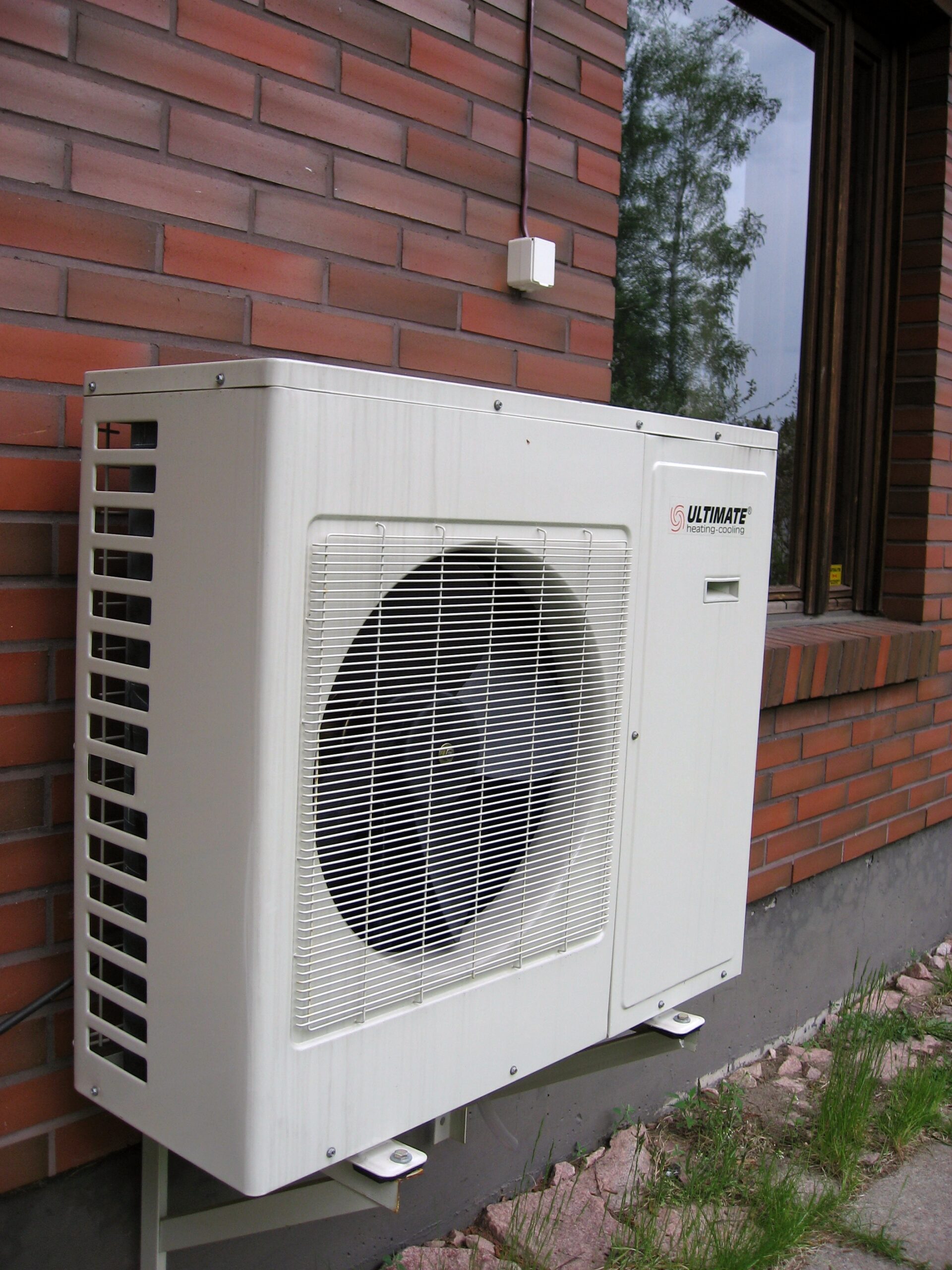The latest attempt by the government to meet its near-zero carbon target by bringing forward the move to electric vehicles and all-electric heating is well-intentioned, but I believe it is considerably flawed.
One of the biggest problems is infrastructure, or to be precise, lack of it. Let’s take electric cars as a starting point. 25 million roadside car chargers would be required by 2035, meaning 4,000 charging point installs per day until 2035, starting last week. The cost aside in terms of install, the disruption alone would cost the economy with roads and pavements being affected on a greater scale than that of TV cable laying – what cost in terms of emissions from those works?
Looking at the fact that 33% of the UK use cars to commute, what happens when they all arrive home and plug in? The head of Oxford University’s Energy and Power group, Malcolm McCulloch, has warned that the National Grid would require an extra 20 gigawatts of generating capacity – putting that into context, Hinkley point generates around a gigawatt per day. Furthermore, substations would need to be installed to cope with the power needed.
Michael Gove speaking on Radio 5 live, was asked by Rachel Burden, what happens if you live in a flat with no access to a charging point. The answer showed a complete lack of understanding of the issues. “Well, you go to a petrol station to fill up, so would go to a charging station to do the same” was the answer. Ah ok, so what if there is a queue with everyone taking 20-40 minutes to charge? Oh, and what do we all do while we are waiting? And this, unlike petrol is not once a week, it is every day!
Furthermore, what happens if we are stuck in a traffic jam, where the road has been closed for an accident and it is the middle of winter on a cold night. We need the heating on, but that will deplete the battery so we could have miles of stranded cars! Throw in the mix that the batteries do not perform as well in the winter and you have a recipe for disaster. Let’s not even get into the fact that there is a limited supply of Lithium for the batteries and to cap it all, Neodymium is only mined in China…. So we get rid of petrol, only to become beholden to another foreign power …..you could not make it up.
Ofgem has now got involved. Their ‘Decarbonisation Action’ involves households changing the way they use energy, meaning gas boilers to be removed and switched to a lower carbon source. ‘To meet net-zero, Britain will see changes to the way homes and businesses are heated,’ says Jonathan Brearley, chief executive at Ofgem. ‘This might include using hydrogen boilers or electricity to power heat pumps and may see more customers connected to heat networks.’ Aspirational, yes but in reality, it is not possible without a huge uplift in infrastructure. This has even bigger implications than the switch to electric cars.
New build sites would require a number of substations and potentially 3 phase electric supplies. But, in the same way, that commuters come home and plug in their electric car, heating time clocks will put the electric heating on at the same time meaning yet another huge shortfall in the energy supply needed. Large parts of the country could face the kind of blackouts we saw in the ’70s. The change from gas would mean higher bills for the 80% of existing dwellings that are not energy efficient homes, in fact up to 4 times higher bills.
What about hydrogen, you say? It has been suggested that we could pump hydrogen down the existing gas network, as a solution. Supplying hydrogen to industrial users is now a major business around the world. Demand for hydrogen, which has grown more than threefold since 1975, continues to rise – almost entirely supplied from fossil fuels, with 6% of global natural gas and 2% of global coal going to hydrogen production. As a consequence, production of hydrogen is responsible for CO2 emissions of around 830 million tonnes of carbon dioxide per year, equivalent to the CO2 emissions of the United Kingdom and Indonesia combined. So not that clean then? A 20% mix of hydrogen and natural gas is also being proposed, but that does not get around how Hydrogen is produced.
At the moment, hydrogen is mainly produced industrially from natural gas, which generates significant carbon emissions, a type is known as “grey” hydrogen. A cleaner version is “blue” hydrogen, where the carbon emissions are captured and stored, or reused. The cleanest one of all is “green” hydrogen generated by renewable energy sources with no carbon emissions produced. Currently, 3% of hydrogen is produced this way. The reality is that hydrogen on the kind of scale needed for domestic heating is 5 if not 10 years away and how much testing would be required to start pumping it down the existing gas network anyway? Where the hydrogen comes from is an important factor that cannot be ignored.

What, therefore is the answer? Reduce the energy requirements of the home by taking a stringent fabric first approach. When the heating requirement is reduced, the prime energy use is domestic hot water and there are devices out there that reduce the energy required to produce hot water, no matter what the heating system is and I predict technology in this field will start to ramp up. In Sweden, some homes are heated by body heat alone because the fabric of the building is so efficient, that is all that is required.
Some facts to leave this post with. IVL Swedish Environmental Research Institute was commissioned by the Swedish Transport Administration and the Swedish Energy Agency to look into car battery production. The report says that each car battery produced releases as much Co2 as 8 years’ worth of driving a petrol vehicle. The manufacturing processes involved in building a car is more than 17 tonnes. Putting that in context, that is equivalent to 3 years’ worth of gas and electricity emissions for the existing UK home and more like 15 years’ worth for a typical new build home. However, there is an elephant in the room that the building industry needs to address. On average there are 50 tonnes of carbon emissions from the construction of one new dwelling. Off-site construction would not help much as each 2 storey home needs to be delivered by 2 lorries and with 100,000 homes a year predicted to be built this way that is 200,000 lorries on the already crumbling national road network. Maybe that is for another post!

